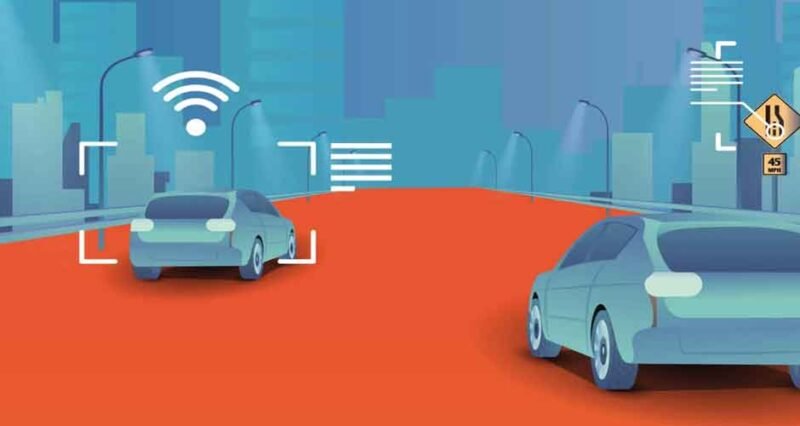
Telematics, a technology that combines telecommunications and informatics, has brought about advancements in the automotive industry. One of the benefits of telematics is its ability to predict and mitigate car accidents. In a place like Bakersfield, where car accidents take place often, telematics can prove to be significant. By utilizing a range of sensors, data collection modules, and communication technologies installed in vehicles, telematics can provide insights into driving behavior, road conditions, and potential dangers that Bakersfield residents and drivers face.
The commitment to responsible driving aligns seamlessly with the dedication demonstrated by professionals at Kuzyk Law, ensuring a parallel emphasis on safety and well-being on the streets of Bakersfield.
Improving Driver Behavior with Real-Time Feedback
A vital feature of telematics is its capacity to offer real-time feedback to drivers. By monitoring parameters like speed, acceleration, braking patterns, and lane-changing habits, this technology helps drivers become more aware of their actions while driving. In situations where a driver engages in behaviors such as sudden braking or aggressive speeding, telematics systems can immediately provide alerts or warnings. These notifications serve as reminders for drivers to adopt safe and responsible habits on the road.
Moreover, many telematics solutions provide gamification features that encourage responsible driver behavior. Through displays showcasing driving metrics such as fuel efficiency or adherence to speed limits, drivers can compete against themselves or others by achieving higher scores or earning badges for practicing safe driving techniques,
Predictive Maintenance for Safer Vehicles
Telematics also offers the advantage of maintenance for vehicles, which plays a role in reducing accidents caused by mechanical failures. By utilizing algorithms and real-time monitoring of vehicle components like engine health, tire pressure, and battery status, telematic systems can accurately assess the condition of these parts.
This early detection of issues enables fleet managers or individual car owners to take measures before experiencing breakdowns. Instead of following mileage intervals, regular maintenance can be scheduled based on actual need. This approach ensures optimal vehicle performance at all times and significantly reduces the likelihood of malfunctions, ultimately enhancing road safety.
Real-Time Analysis of Road Conditions
Another valuable contribution of telematics in accident prediction is its capability to analyze and report real-time road conditions. By integrating with data sources such as weather forecasting services or traffic management systems, telematics can provide information about areas prone to accidents, congested routes, or adverse weather patterns.
Having an understanding of road conditions empowers drivers to make informed decisions and adjust their driving behavior accordingly. For instance, when a telematics system detects rainfall ahead, drivers can receive advice to slow down and increase their following distance.
Also, if there is a known risk of slippery roads or limited visibility on an upcoming stretch, advanced warnings can be given to prevent potential accidents.
Insurance Companies Encouraging Safer Driving
Telematics has introduced a feature called Usage Based Insurance (UBI) that has gained popularity among insurance companies worldwide. UBI utilizes data collected from the vehicle system to determine premiums based on driving behaviors rather than relying solely on demographic factors.
Insurance companies can offer policies that promote safe driving habits by analyzing real-time data on factors such as braking force, average speed, mileage driven, and time spent behind the wheel. Drivers who consistently demonstrate safe behaviors are rewarded with reduced premiums or additional coverage options as incentives.
Emergency Assistance Services
Telematics plays a role in reducing response times during emergencies beyond accident prediction. Vehicle technology integrated with telematics enables crash detection through sensors strategically positioned within the vehicle’s structure.
In the event of a crash or collision, this technology promptly notifies emergency services with information such as location coordinates and severity levels using GPS tracking capabilities. As a result, this helps expedite emergency response times and improves chances of survival in such situations, ultimately leading to better overall safety outcomes.
Conclusion
Telematics has brought about a transformation by introducing innovative solutions to predict and decrease car accidents. By providing real-time feedback to improve driver behavior, implementing maintenance measures, analyzing road conditions, encouraging responsible driving habits through usage-based insurance, and enabling faster accident response times, telematics plays a crucial role in enhancing road safety for everyone.
As this technology continues to advance, we can anticipate the emergence of sophisticated features that will revolutionize accident prediction and prevention on our roads.

